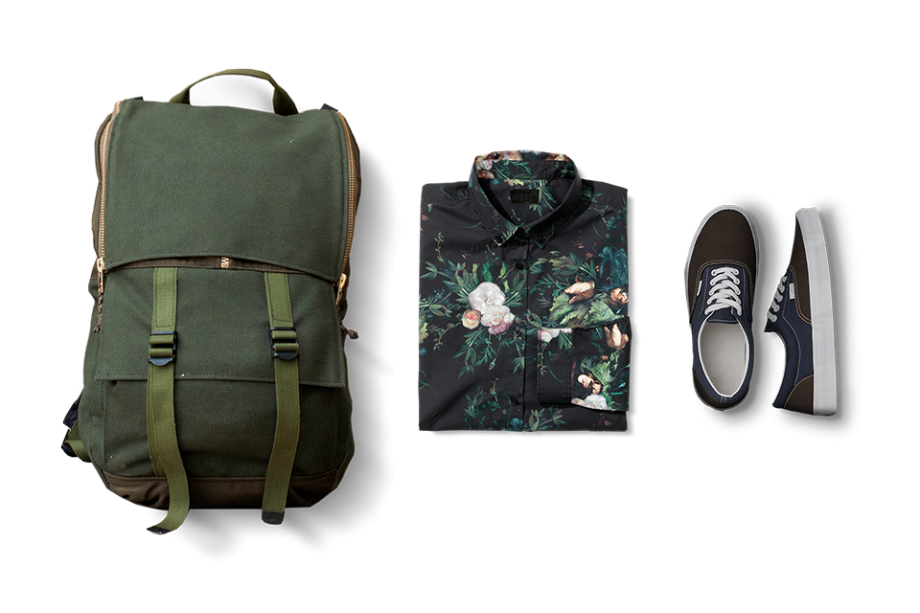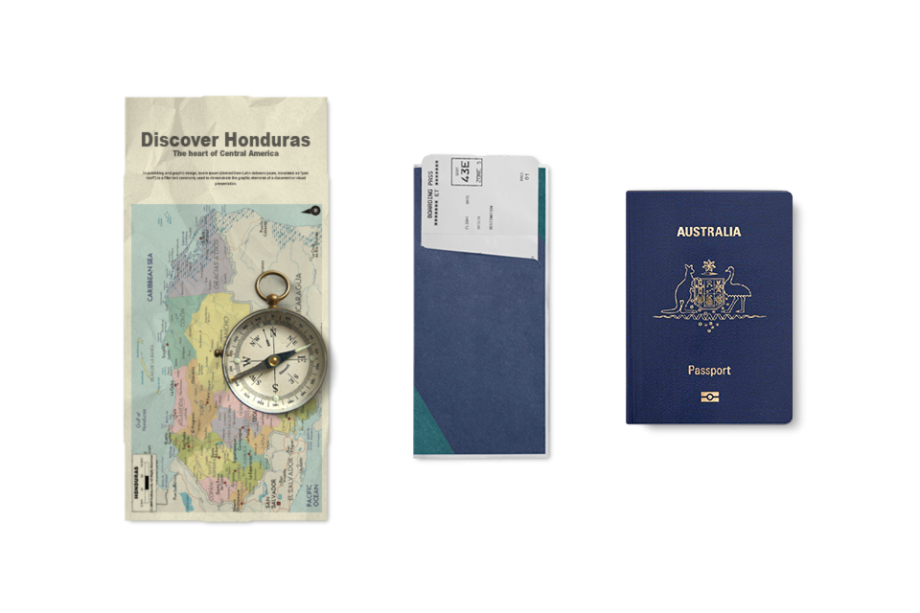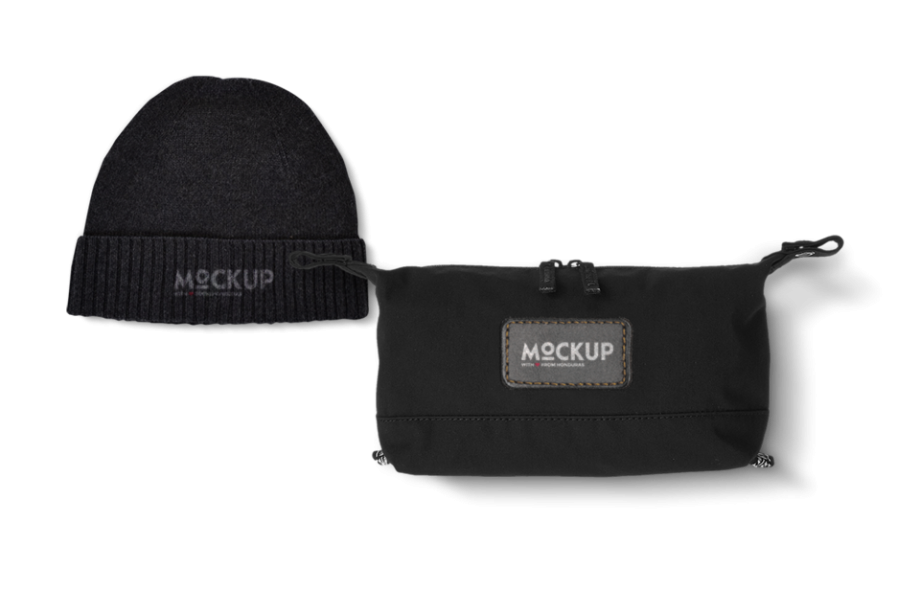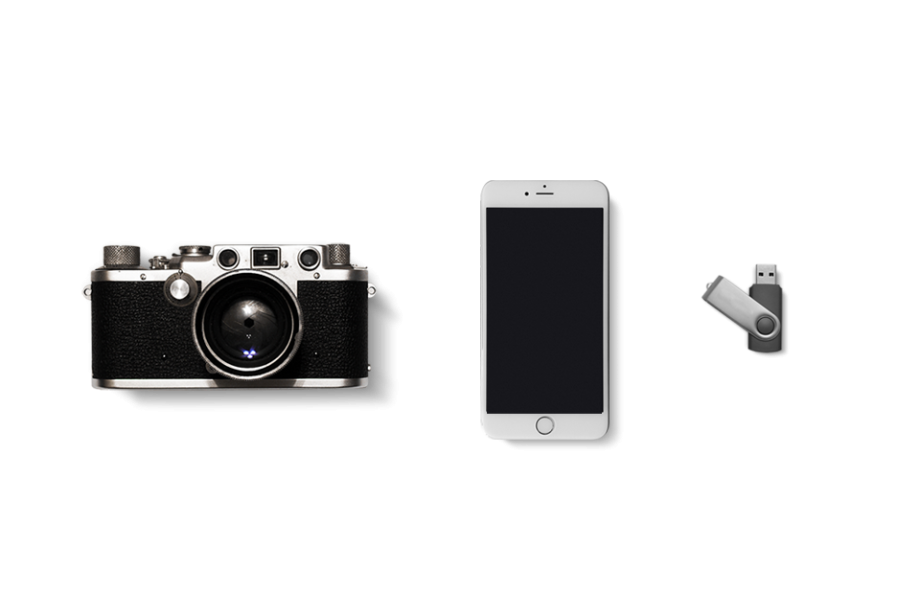Guides and Tips for your next Adventure
Resources

Travel Gear & Packing Tips
“Did you pack your bags yourself Mr Jones?” If I’m travelling with Sonia then “No” because I have half of her stuff in there. Luggage is one of the most painful parts of travelling. Outside of hazardous materials, lethal weapons and narcotics you can take almost anything. However you may have to pay excess charges for it and possibly have a couple of Sherpa’s at your disposal.
Rather than give you clever ideas like rolling your clothes I will give you some logic about the gear you take and packing it.
+ It depends where you are going. If you are going to Nepal then a bag with wheels is generally not going to handle the terrain and a backpack makes a lot of sense. If you are using trains and utilizing a lot of airports, wheels are good.
+ Hard case or soft case? On safari soft bags fit into small spots and are generally more versatile. However some people prefer the protection of a hard shelled case. I guess if you have some fragile items they are better, but in all the years I have never had a hard suitcase.
+ Don’t have two wheelie items as it utilizes both arms. It makes you twice as wide as you already are and makes you more vulnerable to thieves.
+ Most of us don’t have a Sherpa with us, so some general rules apply for your luggage: If you are checking in bags, just getting on an aircraft and have a taxi or relative waiting the other end it’s a simple “Deadlift”. That is bending your knees and lifting. Getting on-board an airport bus or train may mean a luggage rack has to be conquered and that could mean that your main bag might have to be lifted to chest height, as the floor space is always taken first. In that case you need the “Clean” part of the “Clean & jerk” in weight-lifting. To execute a “Clean”, a lifter grasps the suitcase just outside the legs. Once the bag is above the knees, the lifter extends explosively, raising the bag as high as possible before quickly dropping it in the racked position in front of them. Now if it’s going in the storage rack above your head that exists in many trains or in the overhead locker of an aircraft, then the “jerk” comes into play. Imagine that instead of the rack to rest half way up, it’s now on your chest. Then the lift has to be completed by the lifter by dipping a few centimetres by bending the knees, keeping the back vertical, and then explosively extends the knees, propelling the suitcase upward off the chest, and then quickly dropping underneath the bag by pushing upward with the arms and splitting the legs into a lunge position, one forward and one back. The bag is received overhead on straight arms, and, once stable, the lifter recovers from the split position, bringing the feet back into the same plane as the rest of the body and then places it into the luggage holder. For God sake make sure there is room for your bag before attempting the manoeuvre. Believe me I see many case-lifting fails. Look out for them the next time you travel.
And what goes up must come down. This time it’s about slowing gravitation forces to a manageable level. No I’m not going to explain how it’s done, except to say if you can’t lift it to the required height, you can’t take it.
+ Does having Expensive Checked Luggage increase chance of it being stolen or you being targeted? I wouldn’t know as I have never travelled with any expensive luggage and I can’t find an opinion on the web.
+ Do the world a favour and consider buying your next bag made from recycled material. It doesn’t alter the fact this material should never have been made in the first place but at least it’s recycled. And no I don’t make any money from it, the profits go to National Geographic Society, which in turn help with their well respected research projects. See www. ….

Travel Planning Tips
Since joining an airline in 1972 as a junior I have seen many changes to the behaviour of travel suppliers and the expectations of passengers. In short suppliers want volume and the passengers want cheap but personal service. The three do not go hand in hand. Part of the trickery of cheap but quality products is that someone has to pay. My philosophy is that the airlines don’t make money on those that travel but those that don’t. What I mean is that those who make and pay for a booking, then change or cancel it pay massive penalties’. This also becoming the case with hotels and cruise lines. And when it comes to personalisation of many bucket list places suffering from over tourism is not going to be cheap.
Having said that, here are some planning tips.
Wish list
Write down your dream trip, don’t hold back. You may not be able to do everything but you may be surprised at some things you will be able to include.
Planning & Logistics
I cannot over emphasise the importance of this step. This should be a very time consuming process and that’s before a single booking has commenced. Resist making bookings on so called “Specials” as it often ends up costing more to build the rest of the itinerary around the special. Remember the small print favours the supplier’s, rarely you so ask before you leap.
When I plan my itinerary I look at the best destination airports to fly to and from, tours, train connections, domestic flights, car pick up, drop off points etc. etc. An efficient itinerary saves time and that saves money by not having unnecessary overnights and extra air and rail sectors. At all times I am mindful of costs and search for specials at the end. Picture an itinerary like building a house. You need a framework, roof, walls before you start hanging the sightseeing pictures.
A successful trip is when I am satisfied that there is a good balance between, cost, comfort & convenience.
So you enjoy the researching on-line but everything you see has three seats or three rooms left, which sets the adrenaline level on “Danger” I will miss out unless I get my credit card out, book it and get adrenaline levels back to normal. The fear of missing out is part of the marketing strategy is part of the supplier marketing. So were there just three seats left??
So who makes the booking?
I asked Tony Wheeler of Lonely Planet Publications why he has booked with Hawthorn Travel for the last 30+ years. He said “I want my bookings done properly and someone I can talk to you”. A good travel agent is like a good GP or a good barista. They know about you and exactly how you like it. They do not take the Starbuck’s approach. Seek a travel planners with years of experience and expertise. One who pools the office knowledge and have contacts around the world that they can use for further research. An agent who has contacts that can open doors in your wish list that you can’t find on the net. Does it cost you more? They have deals you don’t get on the net and then sometimes they can’t get things on the net. Overall their knowledge, skills in planning and emergency assistance are more than worth any difference.
Overall you need to be confident that all arrangements are well co-ordinated and that you have a professional support service that is with you every step of the way.

Travel Safety & Health
I do not pack fear in my luggage. There are things in your control and there are things outside your control. We hear a lot about the tragedy of being in the wrong place at the wrong time and short of not getting out of bed you will not likely to be able to control those circumstances.
However there are the things you can control. I have been mugged twice and I ask myself if I could have avoided the experiences. In both cases I made myself more vulnerable. The first case was having a gold chain around my neck to hang my St Christopher (The supposedly patron Saint of safe travels). Lesson: Don’t wear jewellery. The second was when I was walking merrily alone at night in a strange city. I will dispute “merrily” but it could have made me stand out. Anyway be careful of substances you may take that may draw attention to yourself. See “It won’t happen to me ….. “
Governments put out warnings on places they recommend their citizens take caution or suggest they don’t visit. For example https://smartraveller.gov.au/countries/Pages/default.aspx
Be in good shape before you start the journey because your body is going to experience changes it is not accustomed to. Contact your GP for the recommended vaccinations’. Take medications you require and precautionary medications like anti-diarrhoea, anti-biotics, spare asthma inhalers, creams for chaffing and repellents. And don’t put them in your check-in luggage. A spare pare of spectacles or contact lenses. If not the specifications of your lenses.
Shoes that match the terrain that have been run-in. That excludes the elegant high heels required for the New Year’s Eve Ball at the Grand Winter Palace (Schönbrunn Palace) in Vienna.
Tell someone where you are going?
You need timely advice on travel insurance. This might be considered an accessories but it is critical. If you are in hospital and unable to speak, with a tube down your throat you need two things. Travel insurance and someone back home to protect your interests by making changes to your arrangements and getting a partner or family member to you.

Travel Photography Advice
A couple of tips from National Geographic photographers. Are there any better?
+ If you don’t have a tripod and want to shoot with a long lens and slow shutter speed, use your camera bag to cradle the camera. If you’re using a really slow speed, use a self-timer to avoid shake.
+ Don’t just stand there—sit, squat, lie down. The angle from which you make a photograph can make a dramatic difference.
+ Be patient. Street scenes change by the millisecond. Find a spot you like, get comfortable, and wait, watching all the time for the elements to fall together.
In case you miss any information or just want to give us feedback, please feel free to contact us.